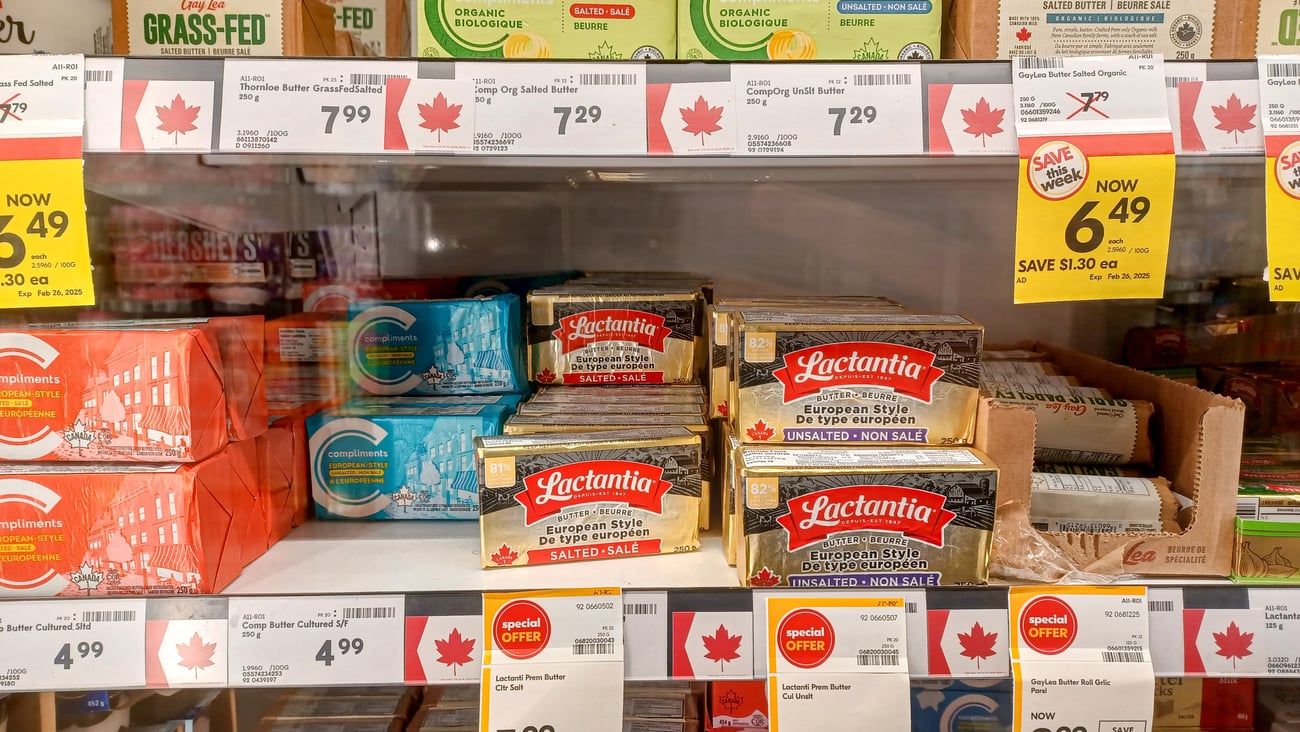Capitalizing on convenience
Canadians are moving from the kitchen to the restaurant in increasing numbers. As consumers continue to look for ways to save time, foodservice satisfies an evolving need for convenience. Grocers have taken notice. Today’s (and tomorrow’s) grocery stores are different from those of yesteryear, with the demand for “experience” central to this change. Home meal replacement (HMR) is at the heart of this evolution.
Mintel’s recently published report affirms HMR’s importance in this country, with 85% of Canadians claiming they have used HMR over the past three months (leading up to August 2017). With so many Canadians embracing HMR, it makes sense for every grocer to invest in building or growing their HMR program in one form or another. While operational considerations are central to developing an effective HMR program, like all businesses, success starts with understanding the consumer.
What’s the top reason consumers use HMR? One word: convenience. Among those surveyed, 44% said they purchase HMR because they “don’t want to cook” and 36% said they have “no time to cook.” While food selection influences where someone buys their meals, its importance trails the need for convenience when it comes to why someone uses HMR in the first place.
With convenience being the cost of entry for HMR, grocers need to take the importance of “quick and easy” to heart. This means grocers will need to invest in ways to make getting the foods they offer onto the plates of Canadians with the least amount of hassle.
Meal combos are a tried and tested way of overcoming potential barriers to using HMR as a meal solution. The report also showed that among the options available to consumers for HMR, meal combos proved to be the most appealing given their ability to provide holistic yet flexible meal solutions.
The report also shows there is emerging interest in online ordering and delivery. Not surprisingly, younger consumers show more interest in these opportunities, affirming the importance for grocers to integrate online ordering and delivery capabilities with their HMR programs to provide “store-to-door” solutions. The good news for grocers is that there is no need to reinvent the wheel when it comes to online ordering and pickup or delivery, with third-party platforms such as UberEATS gaining traction. Loblaw Companies Ltd.’s recently announced partnership with Instacart is another reflection of the evolution of home delivery.
While younger consumers show more interest in delivery options, they are also more likely to eat foods on-site. About half (51%) of HMR consumers surveyed claimed to “eat in” (compared to 87% who claim to use takeout). This number jumps to 67% among 18- to 24-year-olds, affirming the importance of grocerants in catering to this emerging consumer base.
The growth of foodservice in Canada means HMR, with its ability to deliver on convenience, will undoubtedly continue to be more critical to the success of retailers. Grocers that innovate against convenience stand to win share in what is likely to become an increasingly competitive space.




